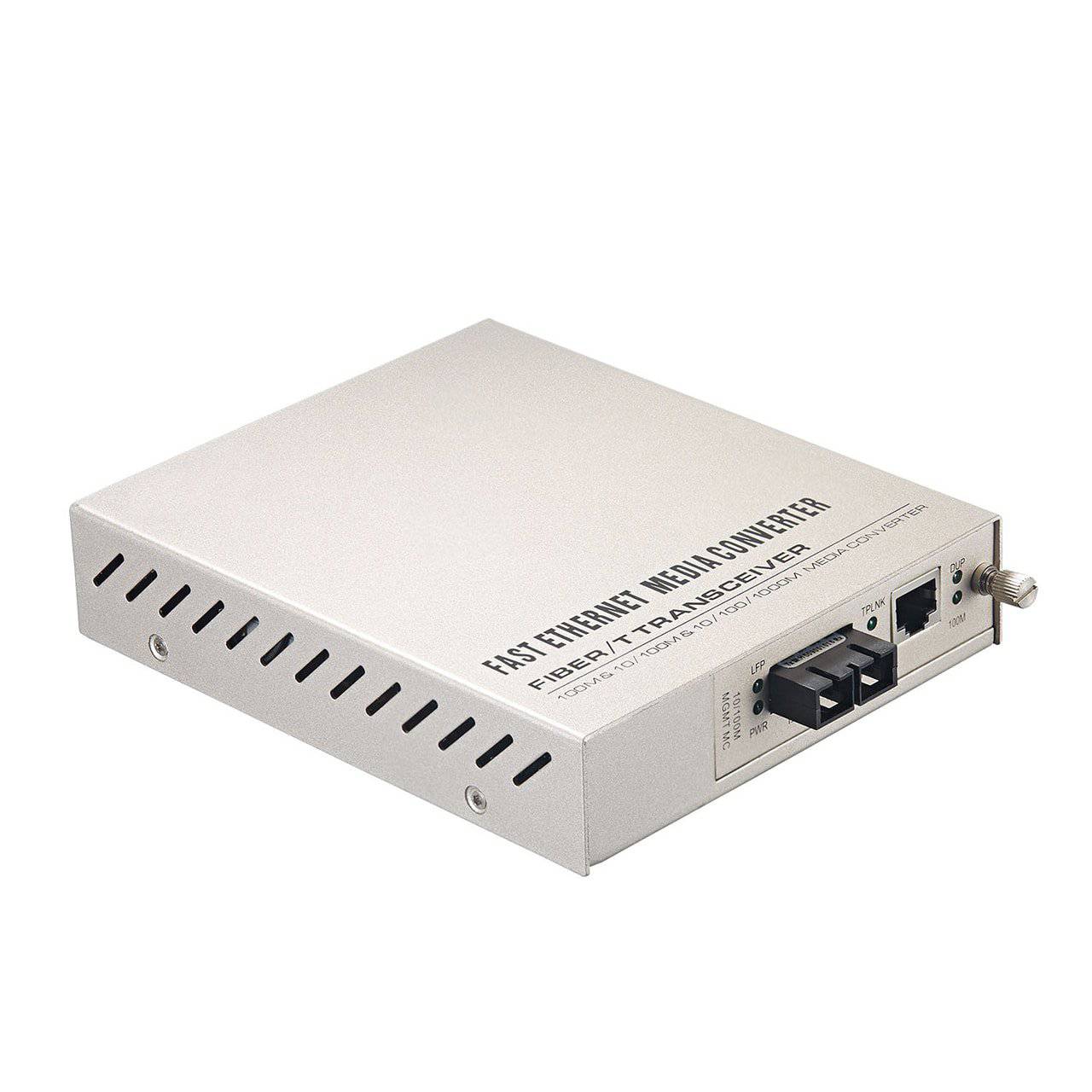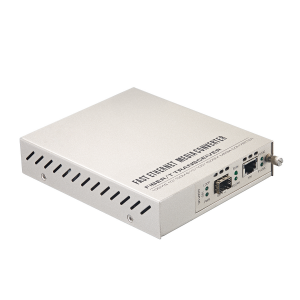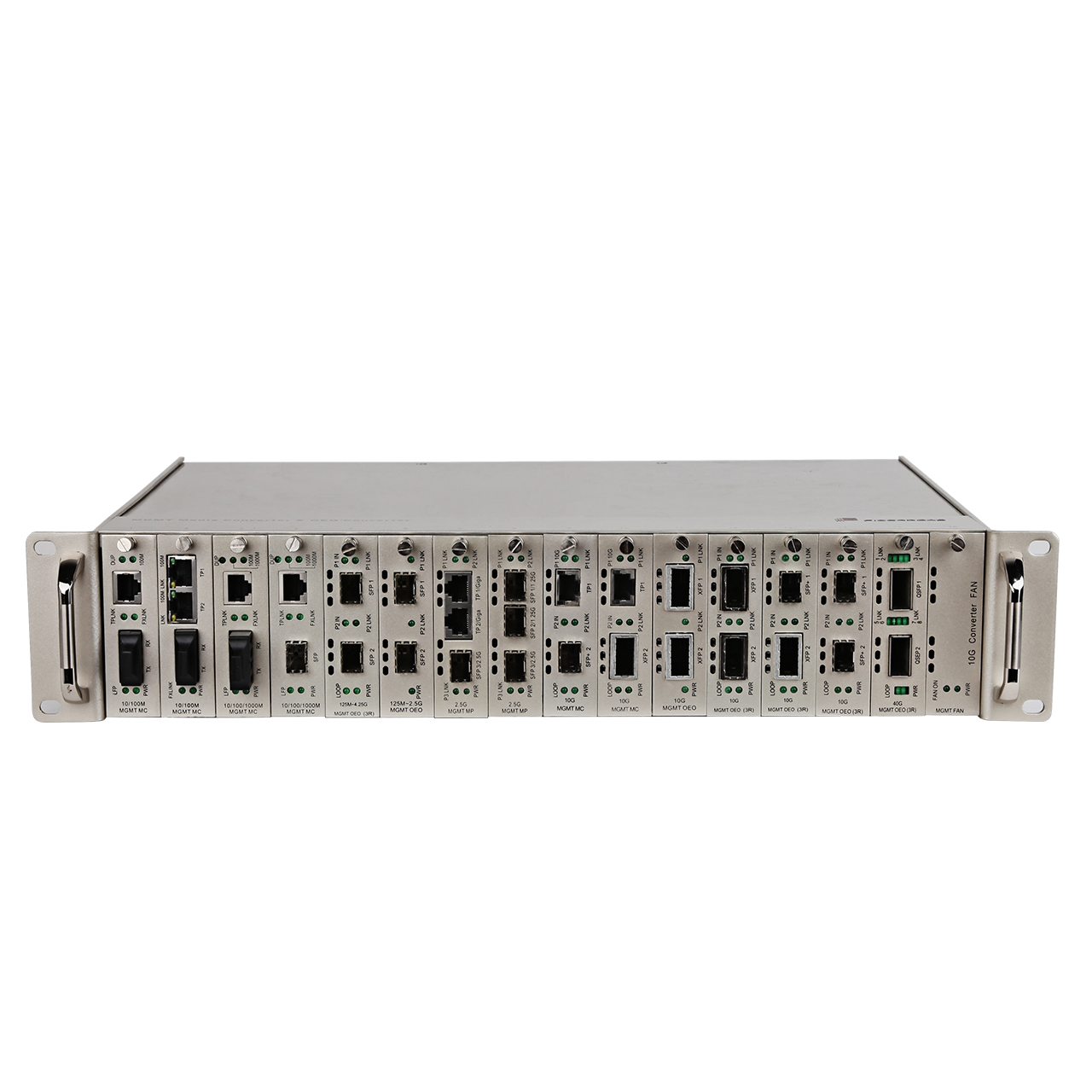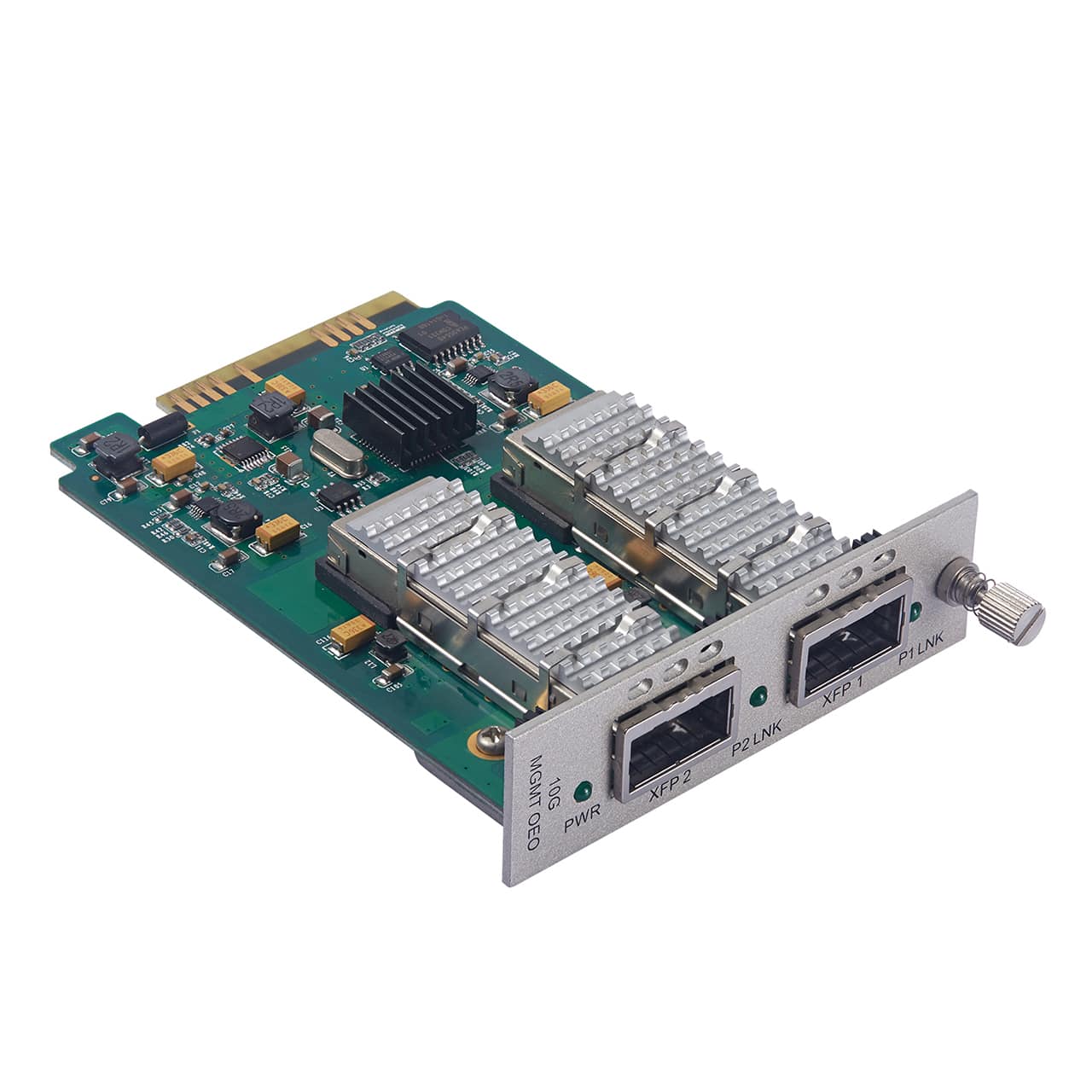Quality Certifications
Guarantee
Share This Product
How a Managed Gigabit Fiber Media Converter Can Improve Your Network Infrastructure
A Managed Gigabit Fiber Media Converter is a powerful tool that can significantly improve your network infrastructure. With its ability to convert fiber-optic signals into Ethernet signals, it enhances the efficiency and speed of data transmission across the network. The converter also comes with advanced management features such as SNMP, VLANs, and QoS protocols which allow for easier monitoring and configuration of your network. Additionally, this device ensures that all traffic on the network is secure by providing encryption services that protect sensitive data from unauthorized access. This makes it an ideal solution for businesses or organizations that require high-performance networking capabilities while maintaining optimal security measures. As a result, investing in a Managed Gigabit Fiber Media Converter will not only optimize your network but also improve the overall productivity of your operations allowing you to stay ahead of the competition in today’s fast-paced business environment.
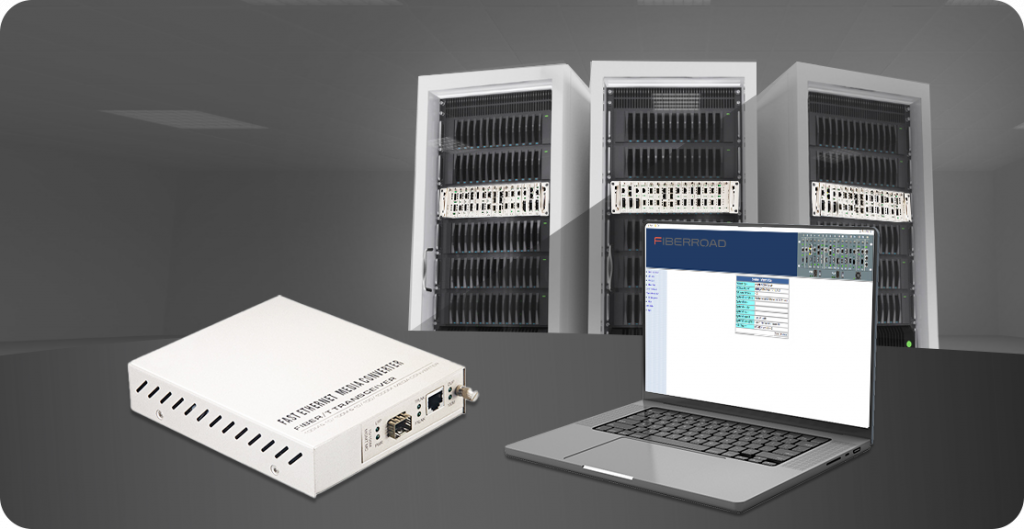
Maximizing Network Performance with a Managed Gigabit Fiber Media Converter
A Managed Gigabit Fiber Media Converter is a powerful tool for maximizing network performance. This device allows you to extend the range of your network by converting signals from copper Ethernet to fiber optic cables, which offer faster speeds and longer distances. The managed aspect of this converter means that it can be programmed to optimize performance based on specific needs and requirements. It also provides advanced features such as VLAN tagging, QoS prioritization, and link fault pass-through capabilities. With its ability to connect multiple devices over long distances, this media converter is an ideal solution for businesses looking to improve their network’s efficiency and reliability. By using a Managed Gigabit Fiber Media Converter, organizations can ensure that they are getting the most out of their network infrastructure while minimizing downtime and maintenance costs.
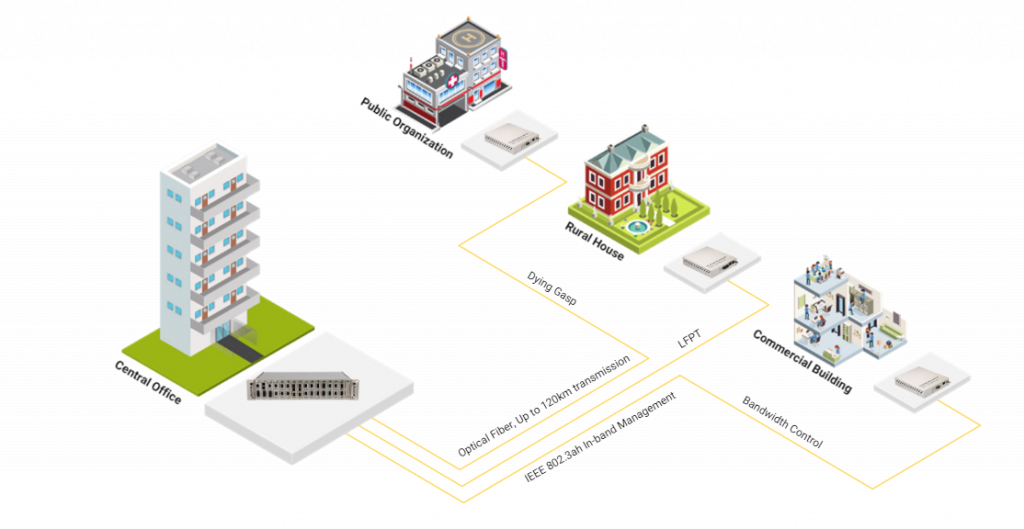
| Physical Port | |
| Copper Port | 10/100/1000Base-T RJ45 |
| SFP Port | 100/1000BASE-X SFP interfaces |
| Fiber Mode | 1000BASE-X, 550m-120km, SC/ST/FC |
| Parameters | |
| Ethernet Standards | IEEE 802.3 10BASE-T
IEEE 802.3u 100BASE-TX/100BASE-FX IEEE 802.3ab Gigabit Ethernet IEEE 802.3z Gigabit Ethernet over Fiber Optic IEEE 802.3x flow control and back pressure TS-1000 IEEE 802.3ah terminal |
| Packet Length | 2046bytes |
| Transmission Mode | Store and Forward/Cut through |
| Exchange Property | Delay time: < 7ps
Backplane bandwidth: 20Gbps; Packet forwarding rate: 14.88Mpps |
| DIP Switches | LFP function:Disable/Enable
|
| Managed Features | Supports LFT (Link Fault Pass Through)
Supports Digital Diagnostic Monitor Interface (DDM) for SFP Supports OAM/IP in-band management Ingress/Egress Bandwidth control per port Supports 16 IEEE 802.1Q Tag VLAN Group SNMP alarm trap for power loss and port link down Remote loop back test Dying gasp (remote power failure detection) |
| LED Indicator | Power, FEF, FX-Link, TX-SPD, TX-Duplex, TX-Link, LFP |
| Power Information | |
| Power Input | DC 5V |
| Power Consumption | Full-load<4W |
| Physical Property | |
| Dimensions | 120mm×90mm×22mm |
| Installation Mode | wall-mountable |
| Weight | 100g |
| Working Environment | |
| Operating Temperature | 0°C~50°C |
| Operating Humidity | 10%~90% non-condensing |
| Storage Temperature | -10°C~70°C |
| Warranty | |
| MTBF | 50,000 hours |
| Defects Liability Period | 1 year warranty, lifetime technical support |
| Certification Standard | |
| EMC | FCC Part15 Class A
CE-EMC/LVD RoHS EN61000-4-2 (ESD), EN61000-4-3 (RS) EN6100044 (EFT), EN6100045 (Surge) EN61000^1-6 (CS), EN61000-4-8 EN61000-4-11 |







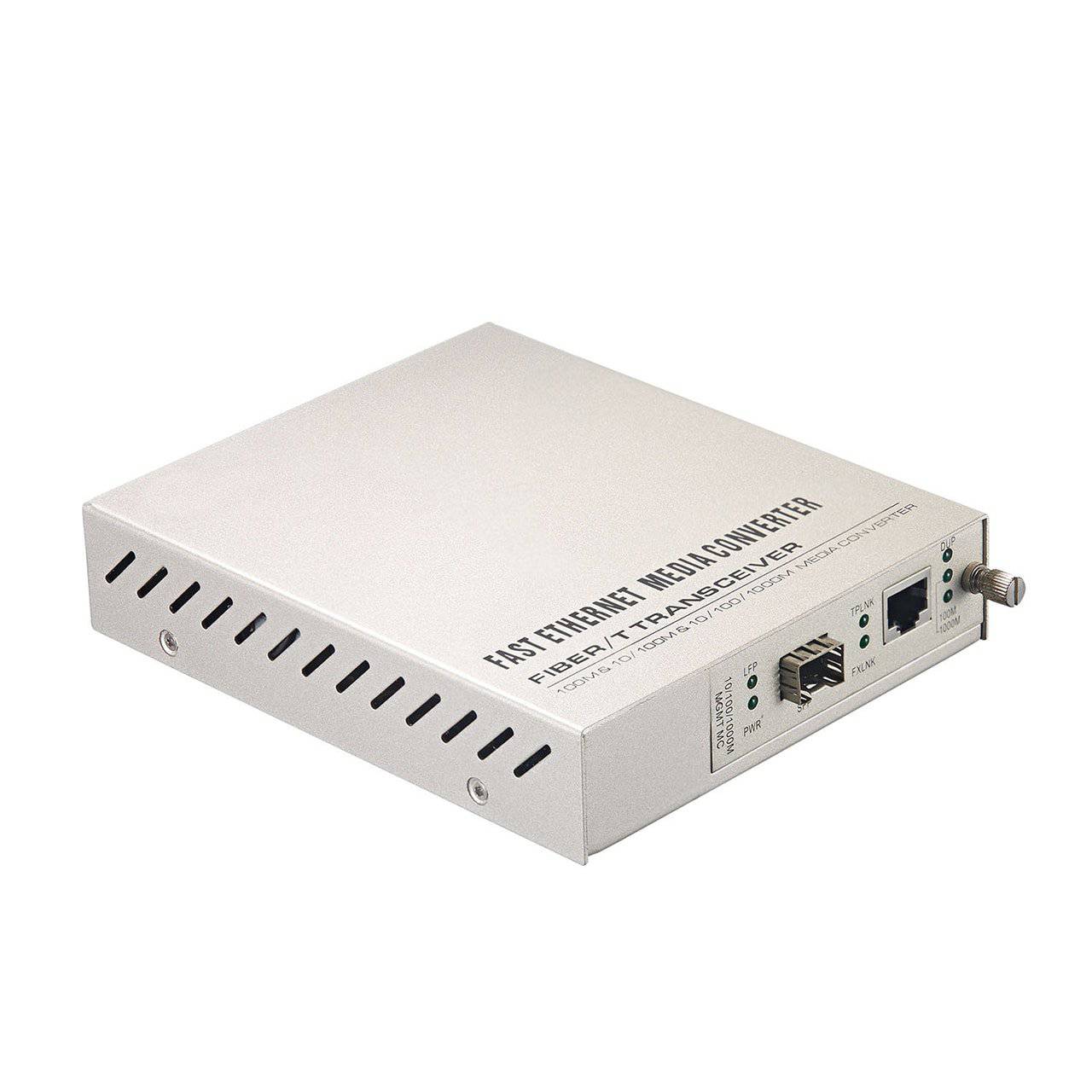
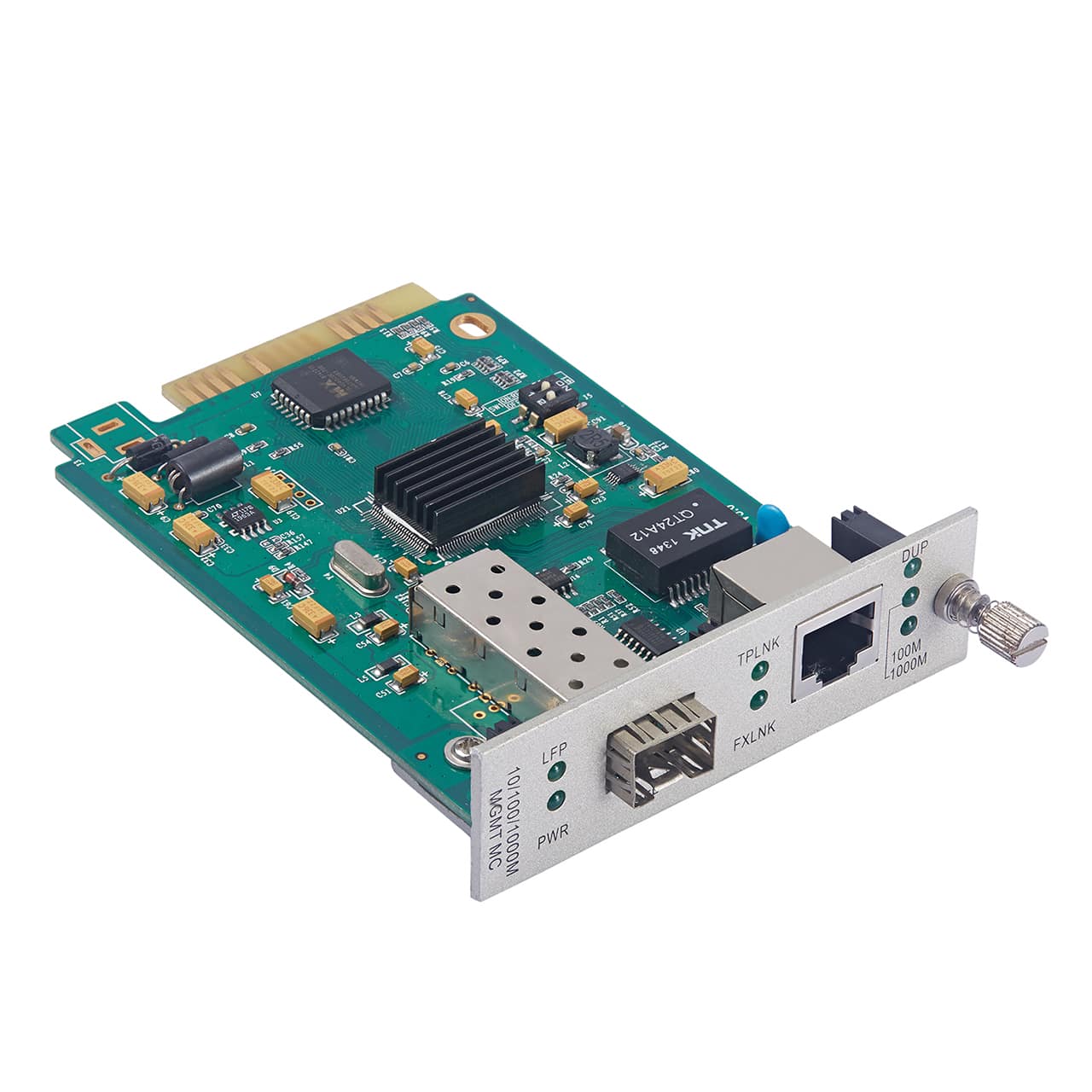









-1.png)



